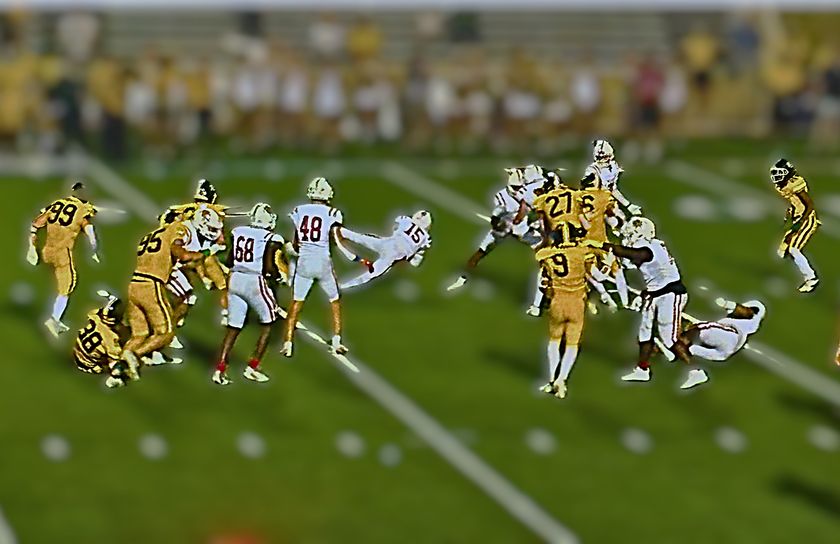- Sections :
- Crime & Public Safety
- Restaurants & Food
- Sports
- More
New Year’s Eve Traditions from Around the World

AROUND THE WORLD -- Whether you are looking for the perfect party dress or suit to celebrate with family and friends or you prefer the comfort of a warm fire and your favorite cozy socks, New Year’s traditions vary not only from person to person, but also from continent to continent. Here are a few traditions from around the world that may spark a new interest for you this New Year’s holiday.
Columbians make a dummy that represents the year just past. They stuff the dummy with straw and firecrackers, as well as bits of paper that each family member writes wrong doings or instances of bad luck they experienced in the past year. At midnight, the dummy is burned. Goodbye, last year!
France retains its image of romance on New Year’s. A feast titled Le Reveillon de la Saint-Sylvestre features champagne and foie gras. The celebration starts on New Year’s Eve and continues until January 6th. Known for delectable pastries, the French indulge in all types of treats on the 6th to represent a fruitful and full year.
In Greece, New Year’s Day doubles as the Festival of St. Basil, a founder of the Greek Orthodox Church. A silver or gold coin is baked into cakes on this day. The head of the house cuts into the cake and the first to find the coin is thought to have good luck in the upcoming year.
The Japanese make celebrating the New Year of highest importance. For them, like many others, it is considered a time of renewal. Throughout December, the Japanese hold “forget-the-year” parties to say goodbye to the problems from the past 12 months and ring in happy months of renewal. Buddhist temples also ring their bells 108 times at midnight to represent repenting.
It may be a little chilly out for kilts as the Scots ring in each New Year, so instead they partake in an activity called the “first-footing.” Just after midnight, neighbors travel around to friends, family and other neighbors’ houses imparting them with kind wishes for the New Year. Traditionally, bringing a piece of coal to warm the fire or shortbread to fill hungry stomachs was another way of showing care for your neighbors.
Over in Spain, it is a New Year’s tradition to eat 12 grapes at midnight. Each grape is meant to symbolize a month in the year; for each grape one eats, one happy month will follow.
In the Netherlands, Christmas trees are burned in a giant bonfire with the addition of fireworks to symbolize putting the past behind you and starting anew.
Still not sure what to do on New Year's Eve or how to entertain your guests. Check out our comprehensive New Year's Eve Guide.















